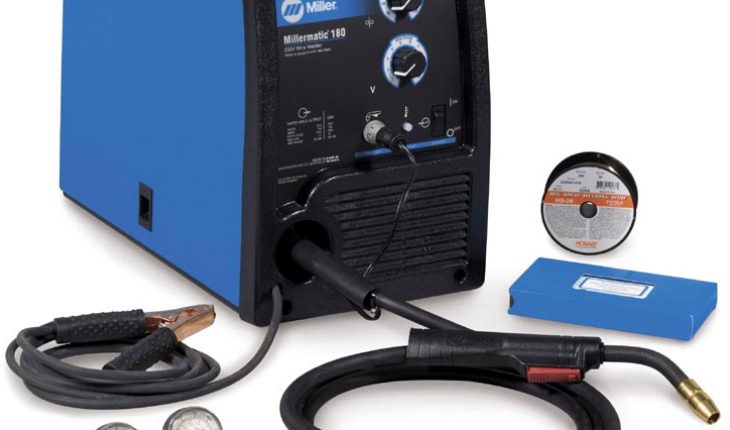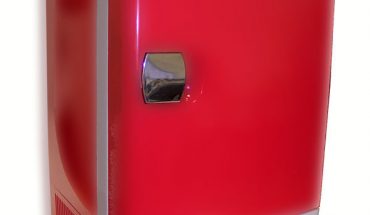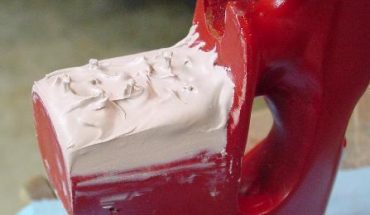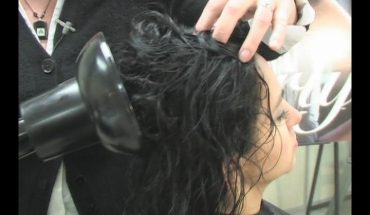Even if you don’t know much about welding, using a MIG welder is something that can be learned with no trouble. The following is a general guide. Refer to the manual for more specific information.
Plugging in the Welder
Take out your MIG welder and insert into a 220 volt outlet. Connect the ground cord. Wire feed welder cord in the device. Connect the welding feed wire on the welder. The spool is mounted at the base. The end is clicked in the feed wire welder cord.
Check the user guide for the voltages and wire feed rates. Modify the voltage and the feed knobs so they’re configured properly. To start using a MIG welder, turn it on.
How to Weld
Choose an area to be welded. Use a wire brush to clean it. Fasten the grounding clamp cord to the metal. Place the wire feed welder handle close to where you’ll start to weld. Pull your helmet down. Put the wire feed a centimeter above the metal you’re going to weld. If you don’t do this, the wire will get stuck.
Pull the feed trigger and welding will start. Move the wire feed from side to side. Keep welding until you get down the seam. Make sure the arc is half a centimeter from the steel piece.
Tips on Using a MIG Welder on Aluminum
The electrode should be fed on an aluminum kit. When looking for aluminum kits, get those with big holes on the contact tips. This is needed because aluminum expands during heating. But make sure it isn’t too big for electrical contact.
The feeder should have good drive rolls. That is, they don’t shave the wire. This is in contrast with those used by steel feeders; those are designed specifically for shaving wire.
Be certain the gun cable is straight. This ensures the wire feeds are correct. Aluminum needs shielding gas composed of 100% argon. You don’t need to change the hoses, but you may need new regulators. Bear in mind that soft wires are susceptible to kinks. This is due to feeding limitations.
Tips and Warnings
When using a MIG welder, always wear the proper attire. This means long clothes, thick leather gloves and the welding helmet. Never weld without pulling down the helmet. Do not weld in an enclosed space. A well ventilated area keeps fumes from coming together.
It’s a good idea to have a fire extinguisher nearby. If you don’t have one, have buckets of water close at hand. Use it to douse flames that may emanate from the sparks. Never gaze at the arc directly.
Read the manual thoroughly; it’s one of the best ways to avoid accidents or damaging the unit. Models employ different controls. Refer to the user guide on how to correctly switch it on. Don’t try using the welder on material it isn’t meant to work with.
Using a MIG welder can be a real money saver. With the costs of welding and repair going up, knowing how to do the job yourself can save you quite a few dollars.





